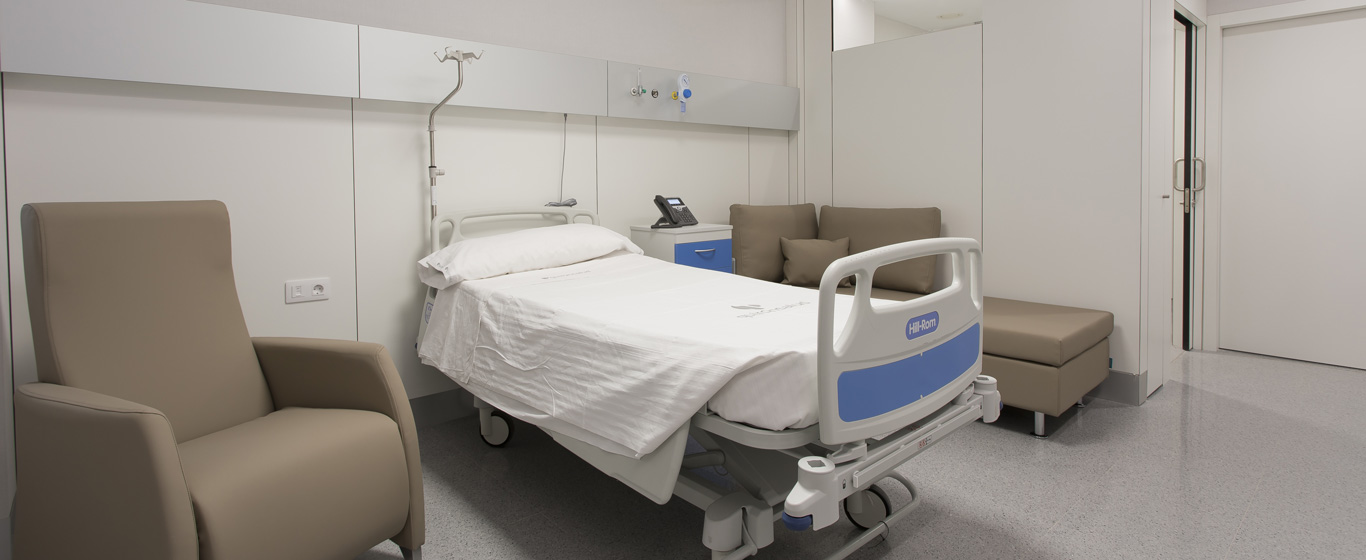Cervicodorsal X-ray
A cervicodorsal X-ray is a diagnostic procedure that uses high-energy radiation (X-rays) to produce two-dimensional static images of the vertebrae and intervertebral discs in the cervicodorsal segment of the spine.

General Description
A cervicodorsal X-ray is an imaging diagnostic test used to examine the segment of the spine formed by the seven cervical vertebrae and the first dorsal vertebra.
X-ray imaging works by directing beams of X-rays onto tissues, which absorb them in varying degrees and are recorded as images on a receiving plate. The appearance of tissues in the image depends on the amount of radiation they absorb, with denser tissues absorbing more radiation. Bone structures, such as vertebrae, are very dense, absorb a high amount of radiation, and appear nearly white. Intervertebral discs, which are soft tissues, absorb less radiation and appear in shades of gray.
When is it indicated?
A cervicodorsal X-ray is usually indicated when a patient has suffered trauma or presents with pain, numbness, swelling, or stiffness in the area, as well as pain, tingling, or loss of sensation in the shoulders, arms, or hands. This X-ray helps identify and characterize the possible causes of these symptoms, including:
- Bone fracture
- Joint dislocation
- Vertebral displacement
- Osteoarthritis
- Bone spurs
- Osteoporosis
- Bone infections
- Alignment problems in the upper spine
How is it performed?
A cervicodorsal X-ray is performed with the patient positioned between the X-ray emitting device and the receiving plate. Several projections or different views are usually taken to facilitate the evaluation of the area. Depending on each view, the patient must adopt a specific position:
- Anteroposterior or frontal cervical X-ray: The patient lies on their back on the receiving plate.
- Lateral cervical X-ray: The patient is seated, facing sideways to the plate, with the chin slightly elevated.
- Oblique cervical X-ray: The patient is seated with the chin slightly raised and the neck turned at a 45-degree angle.
- Odontoid cervical X-ray: The patient lies on their back with the head slightly flexed toward the torso and the mouth fully open. This projection allows visualization of the first two cervical vertebrae, known as the atlas and axis, and the odontoid process, a part of the axis that articulates with the atlas.
- Cervicodorsal X-ray in Twining or swimmer’s view (strict lateral view): The patient, seated or standing in profile to the receiving plate, raises the arm closest to the plate with the elbow bent. The opposite arm remains lowered and slightly forward.
When the X-ray device directs radiation to the corresponding area, the rays pass through the body and are captured as an image by the receiving plate. This plate may consist of radiation-sensitive photographic film that must be developed later or, in modern equipment, digital sensors that automatically generate the image on an associated computer.
Risks
The main risk of this test is exposure to radiation, which slightly increases the possibility of developing cancer or other health issues. However, the radiation dose of a cervicodorsal X-ray is so low that it does not pose a real danger to most patients. In fact, the typical dose for a cervical X-ray (0.6 mSv) is equivalent to the natural background radiation received from the environment over three months.
For pregnant women, however, the risk is higher because the fetus is more sensitive to radiation. Therefore, appropriate precautions should be taken, such as using lead shields for the abdomen or reconsidering whether to perform the test.
What to expect from a cervicodorsal X-ray
Before the procedure begins, the patient must remove clothing covering the neck and any metallic objects. The radiologic technician will then instruct the patient on how and where to position themselves (lying down, sitting, or standing) to obtain the necessary projections. It is also common for a lead apron to be placed over the pelvic or abdominal area to protect it from unnecessary radiation exposure. To operate the X-ray machine, the technician will step behind a protective wall or into another room.
During the procedure, the patient may be required to perform specific movements, such as opening or closing their mouth, but must remain still while each projection is taken to avoid blurring the image. The patient will also need to hold their breath to prevent movement of the diaphragm and rib cage from interfering with the image.
Each X-ray takes only a few seconds, and the entire procedure typically lasts no more than 15 minutes. It is a completely painless test that does not cause any discomfort, although some postures may feel slightly uncomfortable. Since this is an outpatient procedure with no side effects, the patient can resume normal activities immediately after completion.
Specialties that request a cervicodorsal X-ray
Cervicodorsal X-rays are performed in radiology and are commonly requested by specialists in traumatology, orthopedic surgery, and rheumatology.
How to prepare
No special preparation is required for a cervicodorsal X-ray. However, it is advisable to wear comfortable clothing and avoid jewelry or metallic objects around the neck, as metal is visible in the image and may interfere with its interpretation. Additionally, pregnant patients should inform their doctor in advance.






































































































